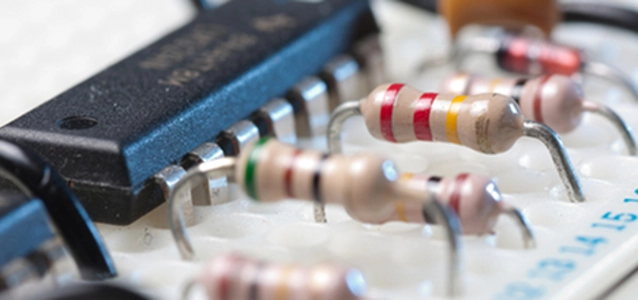
© mablelo dreamstime.com
Analysis |
Foundries use small feature sizes to boost revenue per wafer
60% of foundry sales at TSMC from devices built using ≤45nm process technology.
Revenue per wafer start (expressed in 200mm equivalents) varies considerably among the leading pure play foundry companies. Among the Big 4 pure-play foundries, TSMC is forecast to have the highest revenue per wafer in 2014 at $1,328, 27% higher than GlobalFoundries. UMC’s revenue per wafer in 2014 is expected to be only $770, 42% less than TSMC’s revenue per wafer. Although the average revenue per wafer of the Big 4 foundries is forecast to be $1,145 in 2014, the actual revenue per wafer is highly dependent upon feature size.
IC Insights’ 2014 forecast of pure-play foundry revenue by feature size shows, 60% of TSMC’s 2014 revenue is expected to be from devices manufactured using ≤45nm geometries. As expected, a large portion of GlobalFoundries’ wafer fab capacity is dedicated to producing AMD’s MPUs, so its process technology is also skewed toward leading edge feature sizes. In 2014, 57% of GlobalFoundries’ sales are forecast to be from ≤45nm production.
Although TSMC and GlobalFoundries are expected to have a similar percentage of sales dedicated to ≤45nm technology in 2014, TSMC is forecast to have almost 6x the dollar volume sales at ≤45nm as compared to GlobalFoundries this year ($14.8 billion for TSMC and $2.5 billion for GlobalFoundries).
SMIC started manufacturing devices using 45nm technology in early 2012, more than three years after TSMC first put its 45nm process into production. Only 15% of SMIC’s 2014 sales are expected to come from devices having ≤45nm feature sizes, which is the primary reason why its revenue per wafer is so low as compared to TSMC and GlobalFoundries.
The vast majority of the increase in pure-play foundry sales in 2014 is forecast to originate from sales of devices built using ≤28nm feature sizes. The ≤28nm pure-play foundry market is expected to be increase to $12.3 billion in 2014, a jump of $5.1 billion or 72% as compared to 2013, and account for 29% of total pure-play foundry marketshare this year. Meanwhile, the market for devices built using >28nm technology, while forecast to represent 71% of total pure-play foundry sales in 2014, is forecast to increase only 4% this year.


